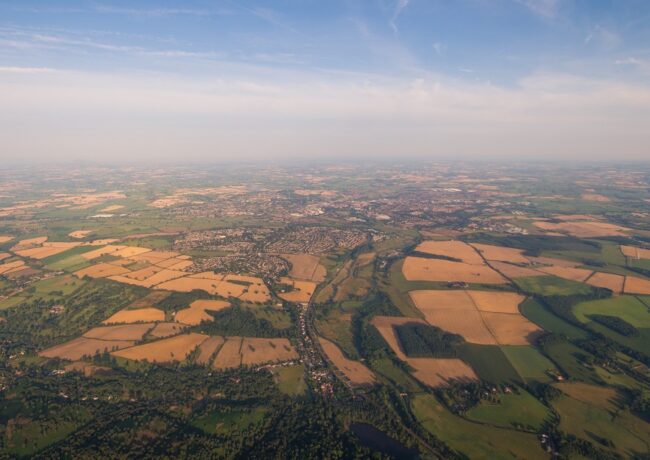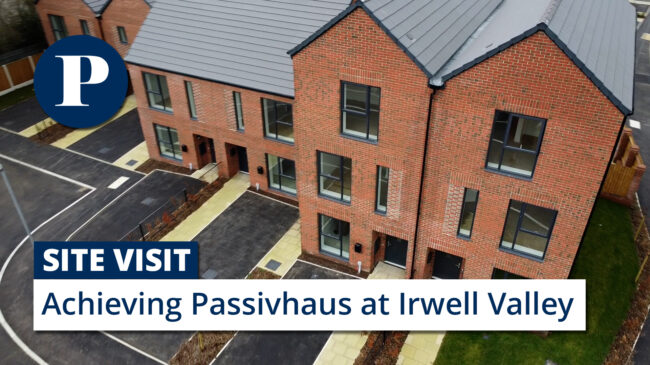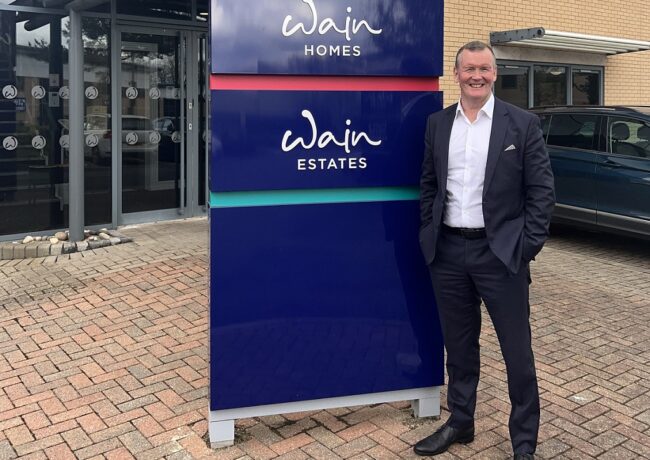North West behind national average on Green Belt housing
The region’s local authorities have built homes on 0.2% of their Green Belt land, according to Government figures, behind the national average, while Manchester has the highest proportion of developed Green Belt in the North West.
The figures, released by the Ministry of Communities, Housing & Local Government and covering authorities in England, show that 0.2% of Green Belt in the North West is currently taken up by housing, compared to a national average of 0.3%.
Of the region’s local authorities, Bury, Stockport, and Wyre have the highest amount of Green Belt developed for residential use at 0.5%.
Salford, Manchester, Liverpool, Lancaster, Knowsley, Burnley, and Blackpool all have the joint-lowest proportion of housing on Green Belt at 0.1%, although many of these local authorities only have small Green Belt allocations – Lancaster’s Green Belt makes up 3% of the authority’s total land, while Liverpool’s makes up 4.7%.
The Government figures, released last week and covering up to April 2017, give an overview of the total land area by usage type within Green Belt boundaries.
The statistics follow Newgate’s Planning Committee Barometer last week, which suggested planning committee members in the North West were focussing less on preserving the Green Belt, with a shift in priorities to providing more affordable homes.
According to the barometer, only 14% of respondents saw preserving the Green Belt as a key priority, down 4 percentage points from last year.
Manchester has the highest proportion of developed Green Belt land at 34.3%, although the figures are heavily skewed by the presence of Manchester Airport, with 28.2% of the borough’s Green Belt land set aside for transport use.
The national average for Green Belt development, according to the figures, is 8.4%.
Of the North West’s local authorities, West Lancashire leads the way for the proportion of Green Belt land in the borough; 99.4% of West Lancs is set aside for Green Belt. This is followed by Chorley at 71.8%, and South Ribble at 68.7%. Blackpool has the least at 2.1%.
Bolton has the highest proportion of vacant land within the Green Belt at 4.3%, followed by Salford at 3.3%; this is far ahead of the national average of 0.3%.
According to the figures, 13% of land in England is designated as Green Belt.
Several Greater Manchester authorities will see chunks of land come out of the Green Belt if the Greater Manchester Spatial Framework is adopted; these include Trafford, which will see the majority of Carrington Moss removed. According to the statistics, only 0.2% of Trafford’s Green Belt has been developed for homes, while only 7.3% overall has been built on.
Commenting on the figures, Joseph Daniels, chief executive of modular housebuilder Project Etopia, said: “The country faces a huge dilemma when it comes to where it builds the huge backlog of homes it needs but the most major threats to Green Belt are not presented by residential developments.
“What these figures show is that there are huge opportunities to use sites that are already developed where provision of homes within Green Belts is truly unavoidable.
“What is surprising is the range in outcomes nationally. Different areas are resorting to developing the Green Belt to hugely varying degrees.
“This may indicate a more strategic approach at a national level is required. One answer may be to accelerate plans for new towns to ensure housing need isn’t a burden placed solely on the shoulders of those towns and cities that already exist in the expectation they can grow indefinitely.”





Ridiculous analysis of data. Development cannot, generally speaking, take place in the greenbelt – it is contrary to the NPPF unless its a form of appropriate development. The largest residential development for a generation in Stockport, for example, is on the previously developed former Woodford aerodrome site in the greenbelt. The variation is nothing to do with areas “resorting to developing greenbelt” but, rather, because the extent to which opportuntiies for appropriate development exists varies between areas.
By the light of the moon
Mr Moon – You are wrong sir, many of the greenbelt designations don’t serve the 5 purposes of greenbelt stated within the NPPF therefore the designation of greenbelt shouldn’t stand. The education of the public is the most important step forward, as if they don’t understand the purpose and function of greenbelt, how can they make an informed decision? Green Belt reviews nationwide are needed to put the best use of land into action.
By King Kenny
…but that’s a good thing right?
By Chesney T
The population of GM is now almost 3m, surely that’s enought, we don’t need anymore.
By Tom Carr
Realistically the green belt serves as little more than a green noose for cities. Policies brought forward in the 40’s are not fit for purpose in the current climate. Much of the land within the green belt is special by virtue of its green belt designation rather than any true unique or valuable attributes. The shift should be focused to quality design and greener more livable spaces not cramming as many units into to as little land as possible.
By Anonymous
Tom Carr – I don’t understand your comment, are you suggesting that we stop people having children, or stop the free movement of people with the UK? Successful cities will always attract more people and at the moment GM is doing reasonably well.
By Anonymous